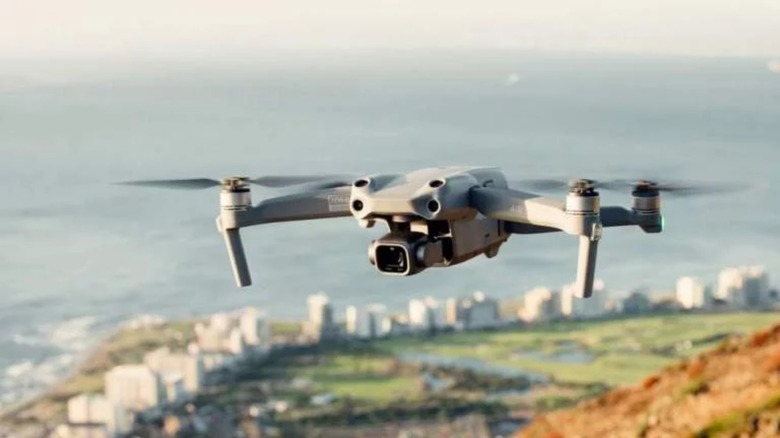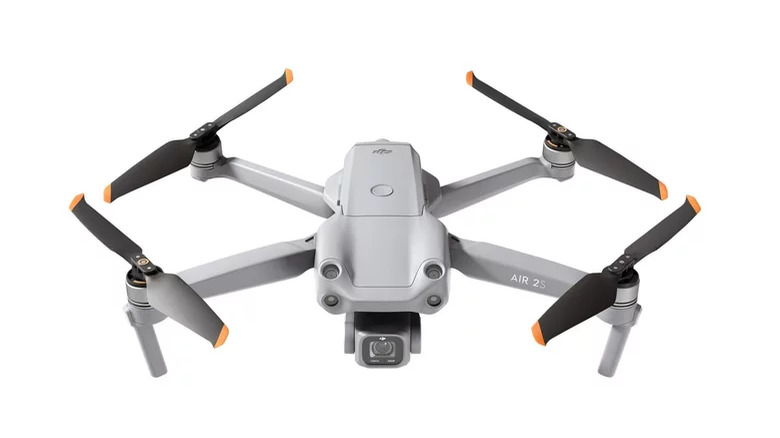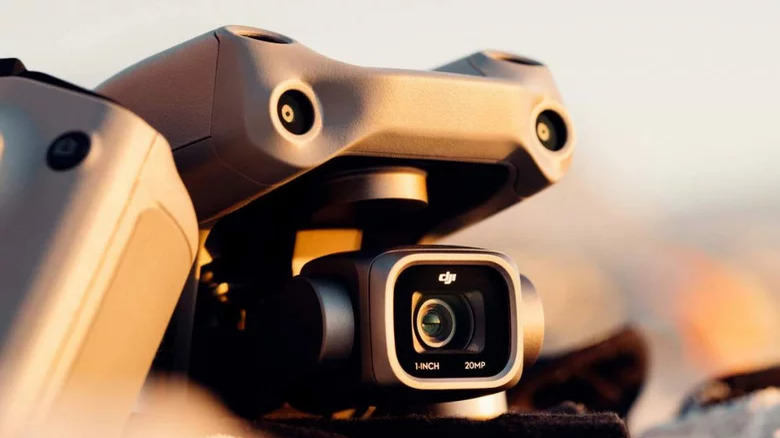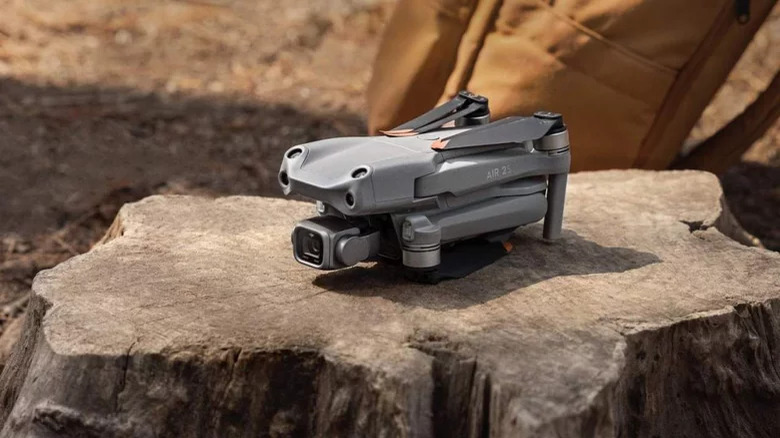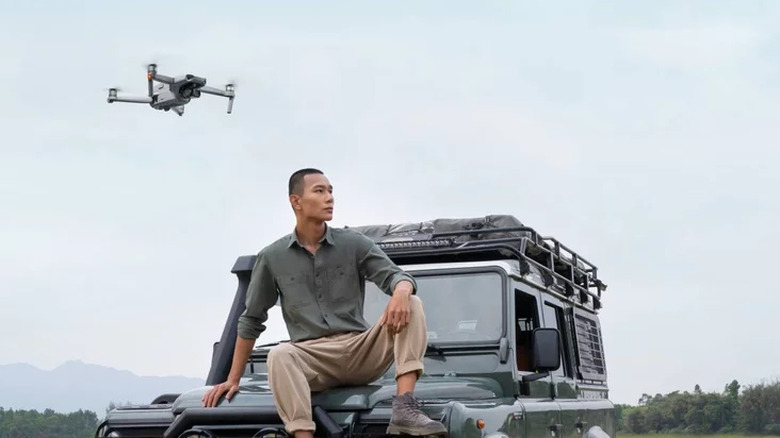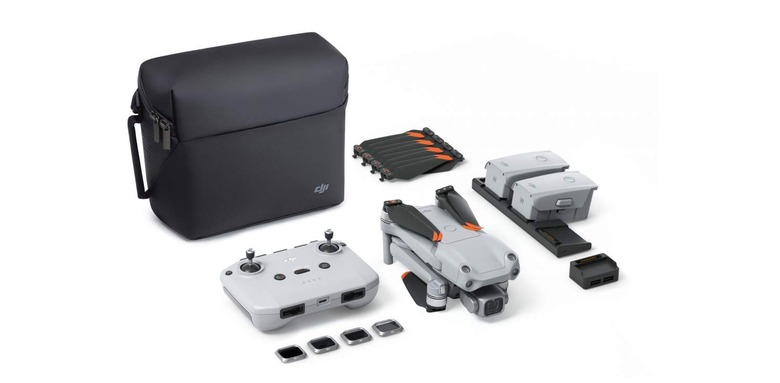DJI Air 2S Vs. Mavic Air 2: Difference Between The Two Drones
Mavic Air 2 released last year, met the excitement of the tech community by a good measure. Now, DJI has released the successor to the drone, called the "Air 2S." It has dropped the Mavic from the name, but the quadcopter doesn't drop on any features from its predecessor. In fact, it builds on them, and the overall performance of Mavic Air 2. The noteworthy ones being the bump-up in photography and video shooting abilities.
The new drone in the DJI camp is all about bettering what the Mavic Air 2 achieved – of course for a cost and a few niggles to live with. The DJI Air 2S carries a price tag of $999 which goes up to $1,299 if you choose the Fly More package. The Mavic Air 2 on the other hand costs $799. If we speak in overall impression, the Air 2S outweighs the good stuff to the not so good by a long way. For $200 more you get a better performance and features that deem it a worthy bump.
Design and hardware
If we talk of the design, the DJI Air 2S is almost identical to the last year's Mavic Air 2. The differentiating factor comes in the form of an additional proximity sensor housed on top of the Air 2S drone. This makes it better at avoiding obstacles while in flight, especially at high speeds when the drone points slightly downward. This addition to the Air 2S gives the visual illusion of drone getting an additional pair of eyes on the front as opposed to the previous model.
Other than this, the two quadcopters have the same set of hardware and the likable, compact foldable aesthetics, which are already popular with newbie drone flyers. As a bit of an advantage (yes, in the case of smaller drones) in flight, the Air 2S is slightly heavier at 595g than the Mavic Air 2 which weighs 570g. This gives the new drone better stability in windy conditions.
Still photography
The biggest change in the new Air 2S drone comes in the form of an improved camera sensor as compared to the Mavic Air 2. The newly revealed drone gets a sensor double the size of the Air 2 which was only half an inch. So, now the drone has a 1-inch sensor to boast – the same as the one on Mavic 2 Pro.
Although the image resolution has dropped from 48MP on the Mavic Air 2 to 20MP on the Air 2S – it has equally good still image shooting capabilities thanks to the Quad Bayer sensor which lends pixel-binning capability for 48MP images, if need be.
A pro-level photographer will always choose a bigger sensor over pure resolution, and that's the reasoning here. It is safe to say that the DJI Air 2S is now as capable as the premium Mavic 2 Pro drone as far as the camera goes; in a smaller lighter package, which is a great advantage.
Video shooting
A bigger sensor means an obvious boost in video quality. Air 2S now 5.4K capable as compared to the 4K on the Mavic Air 2. It's important to note that the video bitrate of the Air 2S is 150Mbps as compared to 120Mbps on the predecessor. Another advantage for pro-level shooters. The resultant footage will be much sharper in quality and detail. This will also have benefits while editing the raw footage so there will be lesser degradation.
A little caveat is that users will see slight cropping in the 4K 60fps mode on the Air 2S. This is because the full one-inch sensor is not being used for the mode, resulting in approximately 1.3x crop to the naked eye. The wider focal length of 22mm means a wider shooting range, which some might not like, but we personally prefer. You can always digitally zoom to compensate for it or adjust the extra space in the final edits.
Battery life
This is another aspect where DJI has let down in the new version. A smaller drone means, a very tight leash on the total in-flight time, and the Air 2S disappoints slightly in that regard. Compared to the Mavic Air 2, the younger sibling has an in-flight time of 31 minutes. Compare that to the 34 minutes on the Mavic Air 2. It is a slight compromise, but for a drone flyer, it limits the approach to flying as the time starts to cross 25 odd minutes.
Of course, the official flight time can vary depending on the weather conditions and the direction of the winds. Overall it will have a slight impact on the psyche of the drone operator when he/she knows that you've only got around 30 minutes of safe flight time.
Performance
As far as performance goes, the Air 2S has some noteworthy upgrades. It uses the DJI O3 technology with four antennas which gives it a transmission range of 12km (FCC) and 8km (CE). The Mavic Air 2 on the other hand uses the OcuSync 2.0 with 2 antennas for a range of 10km (FCC) or 6km (CE).
The ascent/descent speeds of Air 2S get a slight bump as it can go at 6 m/s in S mode compared to the ascending speed of 4 m/s in S mode and descend speed of 5 m/s in S mode for its predecessor. The Mavic Air 2 comes out on top when the temperature resistance is considered as it can operate in temperatures ranging from -10 to 40°C. Air 2S however, can only operate safely in between, 0 to 40°C.
